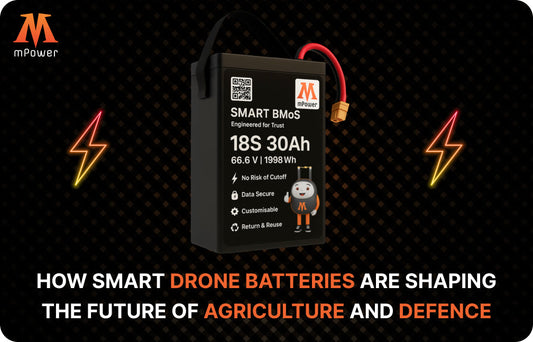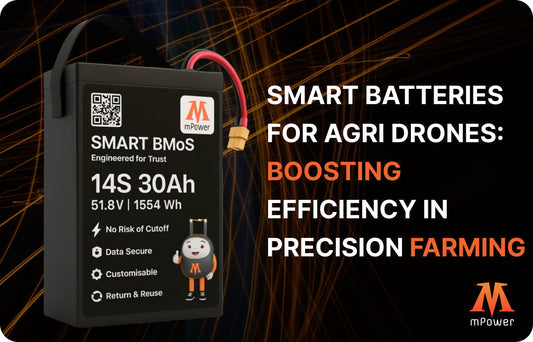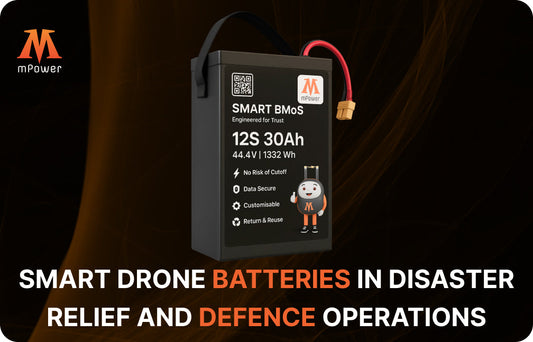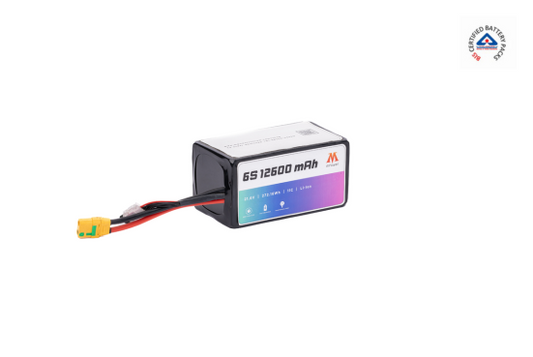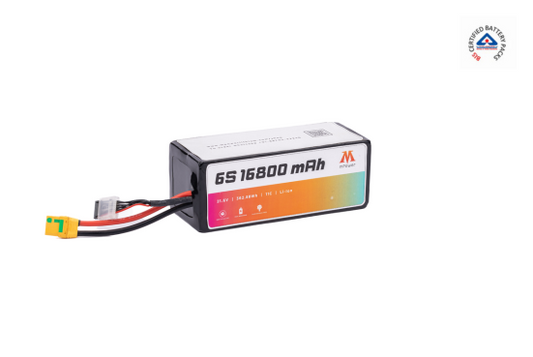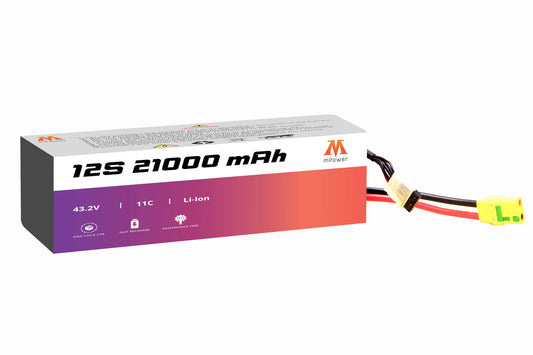
The Ministry of Civil Aviation has introduced the Drone (Amendment) Rules 2023 to make a significant shift in the country’s drone regulation. This rule was enacted on 27 September 2023, propelling India to the forefront of the global drone sector by 2030. This rule aims to promote and facilitate drone operations across the country. In this blog, we delve into the Drone (Amendment) Rules 2023.
Know About Drone (Amendment) Rules 2023
This rule has relaxed the requirement to obtain a Remote Pilot Certificate. This is one of the significant changes made in the stringent requirements, where a passport was mandatory to apply for drone certification, especially for the agricultural sector and rural areas.
Suppose anyone wants to obtain drone pilot certification. In that case, they can apply with government-issued proof of identity and proof of address, such as a ration card, voter ID, or driver’s license. This has opened a door for individuals, generating employment and allowing them to participate in the drone industry.
This move has simplified the widespread approval for drone certificates, fostering innovation and startups and democratizing drone operation. Moreover, the drone industry is expected to create jobs and drive innovation in the future. Drone (Amendment) Rules 2023 has helped Indian startups to get investment across the world, positioning India on the forefront of the global stage.
However, it is essential to understand that remote pilot certification is required when a drone is small to medium and is used for non-commercial purposes.
Eligibility Criteria to Apply for Remote Pilot License
- An individual must be between 18 and 65 years of age
- Must have passed 10th or equivalent from a recognized board
- Must have completed the training from an authorized pilot training organization
- The issued license is valid for ten years
How Are Drones Used in India?
Drones are used in various sectors, such as agriculture, security, mapping, photography, videography, surveillance, etc. Defense and agriculture is one such emerging sector, aiding in advanced solutions.
In the defense sector, it has helped the armed forces to perform successful tactical military campaigns in any armed conflict. Moreover, this helps gather information and dive-bombing enemies on the modern battlefield. This is helpful in the commercial sector, aiding ecommerce businesses with last-mile delivery.
Recently, the government of India has also supported the usage of drones in the agriculture sector by launching the Drone-as-a-service model. The Government of India launched 100 Kisan Drones from different parts of the country, spraying pesticides.
Moreover, it is also essential to understand that the Indian government has tried to set up many training institutes and established many courses and programs, encouraging more participation. This can lead to more skilled personnel in drone technology.
Owing and Operating Process
DGCA, Directorate General of Civil Aviation, has also set regulations for operating civil drones in India.
Registration and Licensing
One must register their drone with DGCA, and most have a license to operate them. However, the registration process is straightforward; one needs to go on the “Digital Sky Platform,” operated by DGCA providing a single-window online platform for approval and drone registration. After the Draft Drone Rule 2021, registration and asking permission have been easier. One needs to pay a nominal upfront fee for self-generated permission.
Operator Requirements
Suppose anyone is interested in obtaining a drone certificate. In that case, they must be above 18 years of age and must have completed a training course from a DGCA-approved institution by passing the written exam. Once you get the drone license, it is valid for ten years.
Restriction on Usage of Drones in India
There are some restrictions on flying drones. For instance, operators can’t fly drones near airports or densely populated areas. The Indian Ministry of Civil Aviation has divided the area into three zones, green, yellow, and red, on an interactive map on the Digital Sky Platform.
The red zone is a no-fly zone. This includes military bases, nuclear power plants, and other sensitive areas due to national security threats. The green zone allows a vertical distance of up to 400 ft without permission, while the yellow zone has 8 to 12 km of perimeter, allowing drones to fly up to 200 ft.
The Bottom Line!
The Drone (Amendment) Rules 2023, effective from September, has heralded a new era for drone regulations in India. These transformative rules have not just relaxed stringent requirements for obtaining Remote Pilot Certificates but have also democratized drone operations, fostering employment and innovation across diverse sectors.
By allowing government-issued identity and address proofs for certification, the rules have facilitated wider participation, especially for those in rural areas and the agricultural sector. This inclusivity has opened doors for individuals, promoting their involvement in the burgeoning drone industry, thereby stimulating job creation and innovative initiatives.
If you are interested in agriculture spraying drone batteries, mPower has your back. We provide you a reasonable agriculture drone battery price in India with a wide range of power options. We have various power range based on industry, allowing startup to leverage PLI scheme and fulfill their requirements.




